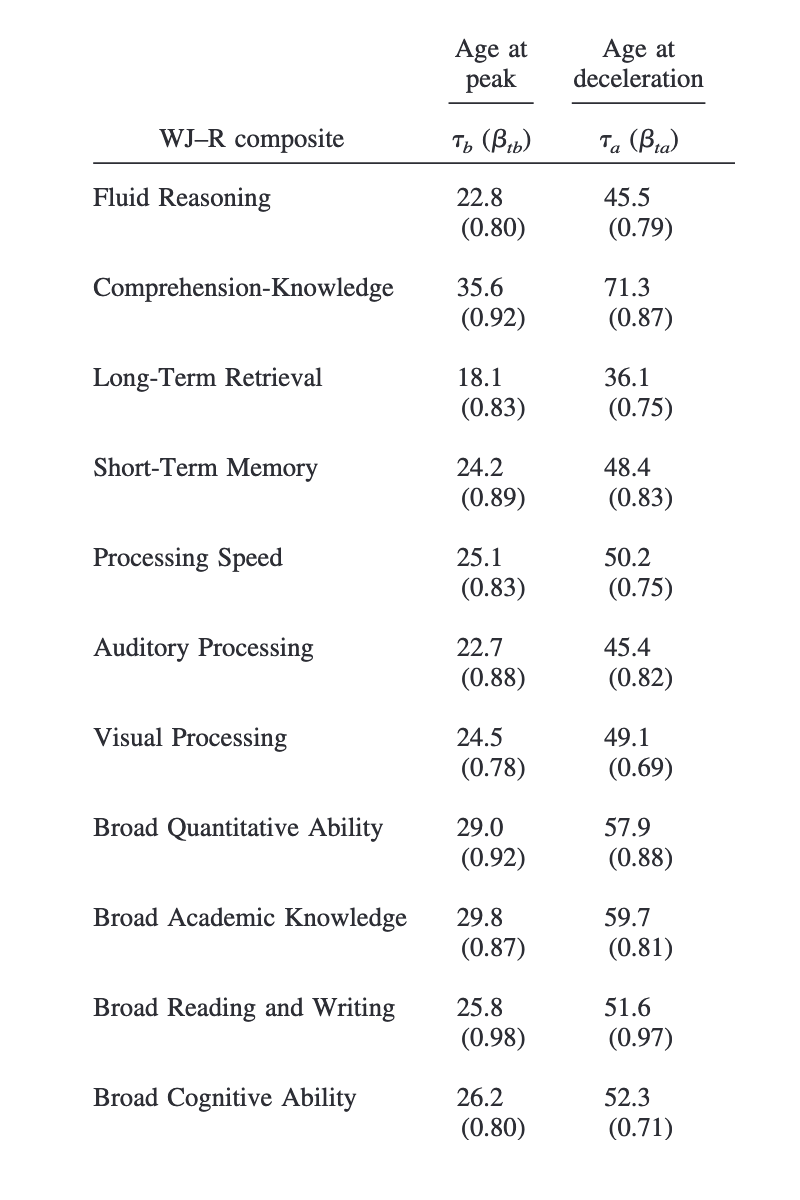no known drug, including caffeine, can effectively reverse sleep deprivation.
The reason has to do, in part, with the circadian rhythm of a chemical called adenosine that plays a major role in the regulation of sleep.
When you awake from a restful night of sleep, the adenosine level in your brain is at its nadir. Throughout the day, it steadily rises and gradually produces the pressure to sleep in the evening. During sleep, adenosine is cleared from the brain, which helps us wake up and stay alert.
Caffeine is a powerful antagonist at adenosine receptors in the brain, blocking the sedating effects of adenosine and making you feel stimulated and mentally sharp.
Here’s the problem. If you cut short your normal night of sleep, adenosine is not fully cleared from the brain. With chronic sleep deprivation, adenosine levels continue to rise, creating a persistent sense of fatigue and sleepiness and impairing cognitive function.
The brain adapts to this flood of adenosine by increasing the number of adenosine receptors in an attempt to get you to fall asleep, which of course only makes you feel more tired.
You will probably respond by increasing your caffeine consumption, in an attempt to block rising adenosine activity, which can only be restored by a normal night of sleep — the very thing my patient was trying to cut short.
Sleep deprivation doesn’t just make you tired. It impairs the brain’s ability to consolidate memory.
During sleep, your neurons are remodeled and change their firing pattern, which helps burn in the memories that are formed during the day.
Too little sleep can also exacerbate preexisting depression and anxiety disorders and make people with no previous mental health problems generally more angry and impulsive. […]
Intriguingly, while caffeine can’t eradicate sleep deprivation, it does appear to offset some of the harmful cognitive effects of sleep loss on memory. […]
Caffeine is usually metabolized within four to six hours. […] Some people are genetically slow metabolizers of caffeine and will have significant sleep-onset insomnia even from early morning coffee.
And here’s the most effective trick for falling asleep, which has been studied and shown to be as effective — if not more — than any hypnotic drug. Don’t do anything in bed except sleep or have sex — no reading, listening to music or anything else.
{ Washington Post | Continue reading }














